Photos: 5,000-Year-Old Scratched Stones Could Be Ancient Maps
Spider webs
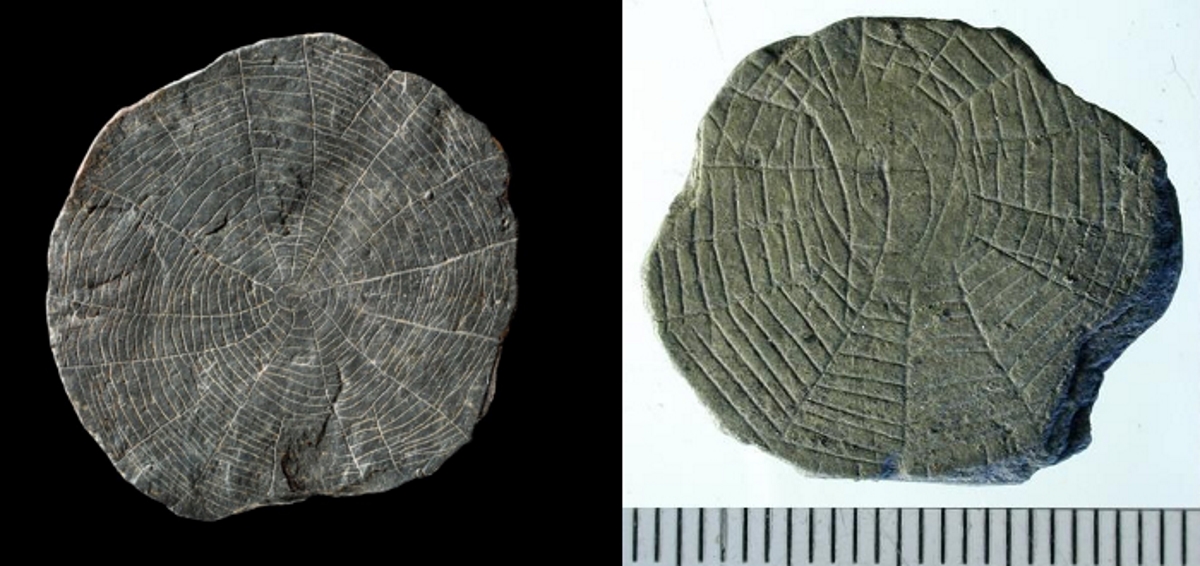
In 2017, excavators at the site identified a new type of inscribed stones among the hundreds of so-called sun stones unearthed at Vasagard. A handful of the stones are marked with what looks like a spider's web, and have been called spider stones by the researchers.
Plant stones

Recent excavations at Vasagard have also turned up more map stones or field stones, which inscribed with straight lines thought to represent farmland. Archaeologists have also found more plant stones, which are inscribed with what looks like a crop plant, such as wheat or barley.
Magical ceremonies
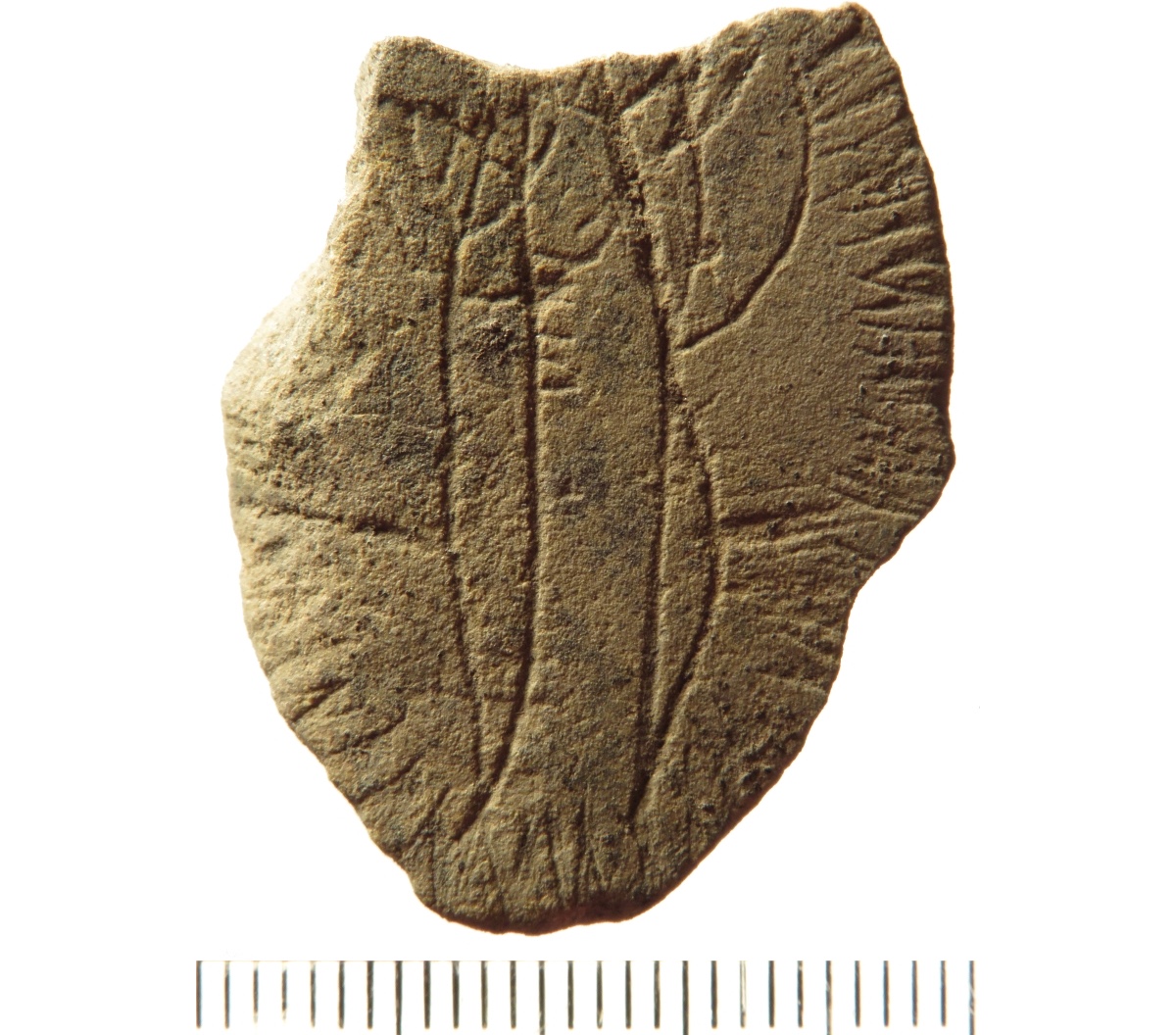
Archaeologists think that the sun stones, field stones and plant stones were used in a magical ceremony to bring a blessing of good weather to particular crops or particular pieces of land. Most of the stones have been broken, which may be the result of ceremonially destroying the stones at the end of the ceremony, to seal the magical ceremony by consigning the symbols to the spirit world.
Timber structures
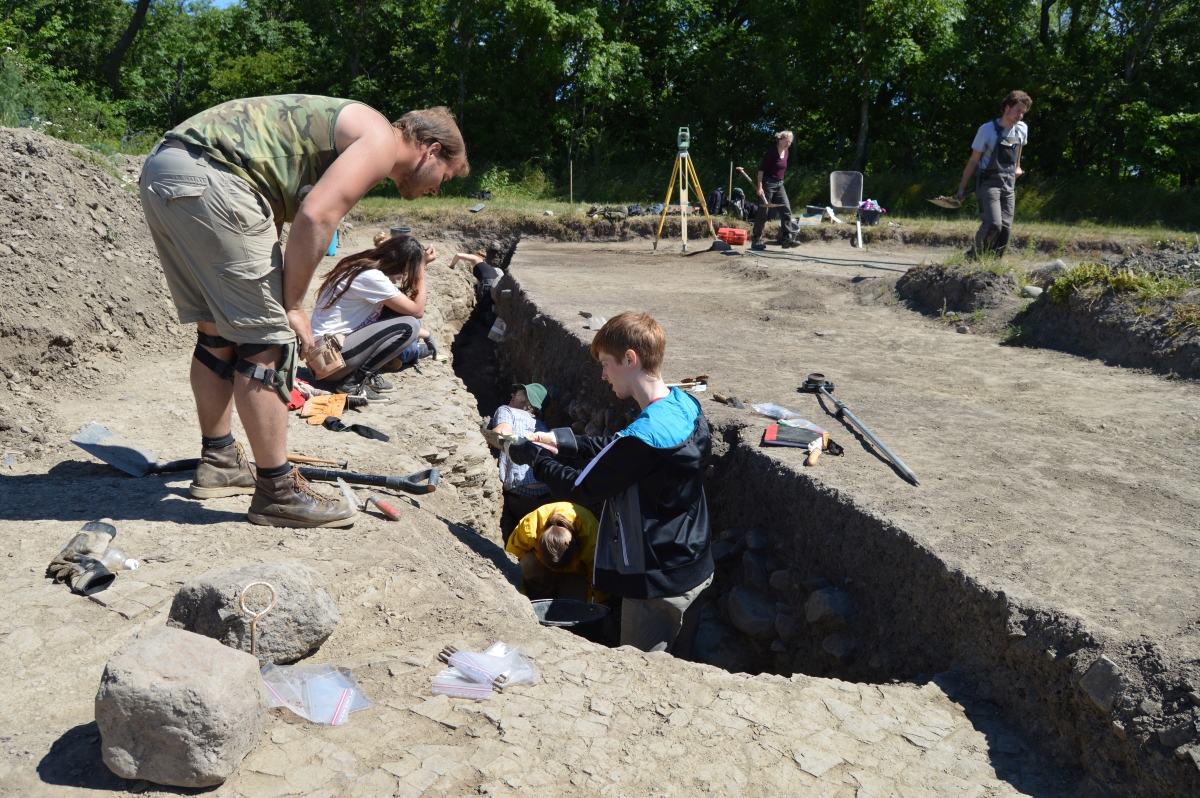
Archaeologists and student volunteers have also excavated the remains of seven of at least nine round timber structures dotted around the Neolithic enclosure at Vasagard.
Elaborate dwelling
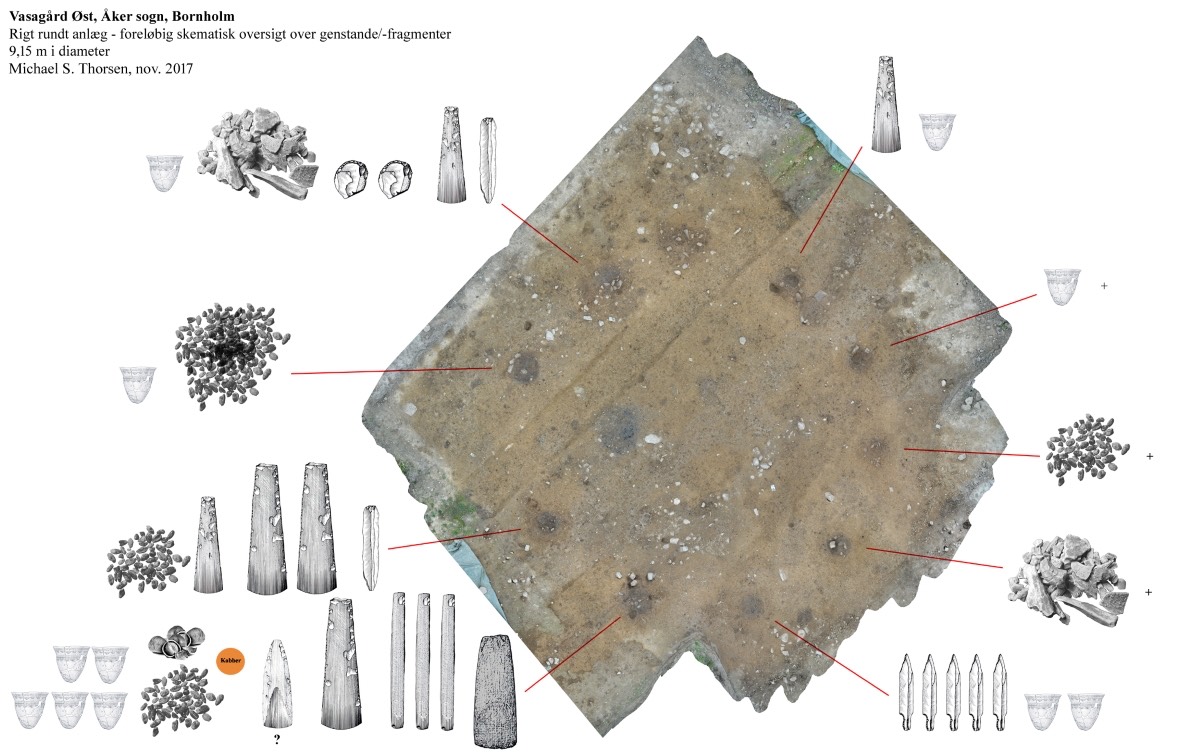
The largest of timber structures in the Vasagard East area was excavated in 2017. It was more than 30 feet across, and built around 10 large wooden posts. The researchers think the structures were too elaborate to have been ordinary dwellings, but were likely religious buildings of some kind.
Sacrificial offerings
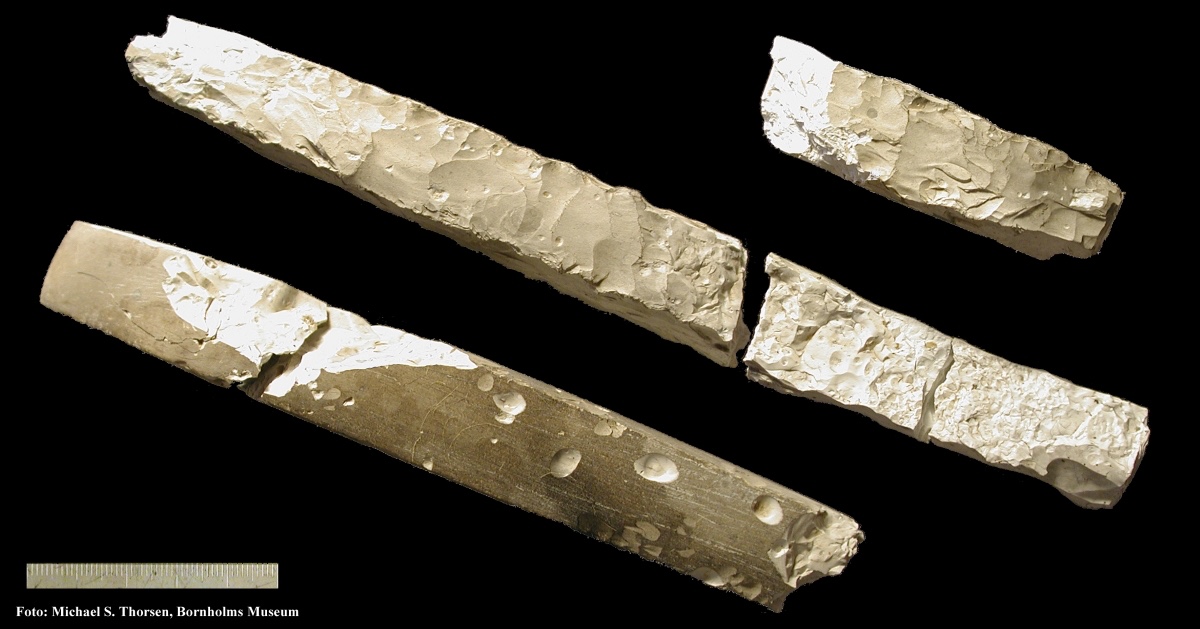
After a certain time, each of the round timber structures at Vasagard was removed in the Neolithic period, and sacrificial offerings were carefully deposited in the post holes that remained. These stone chisels were placed as an offering in one of the post holes of the largest round structure at Vasagard East.
Stone arrowheads
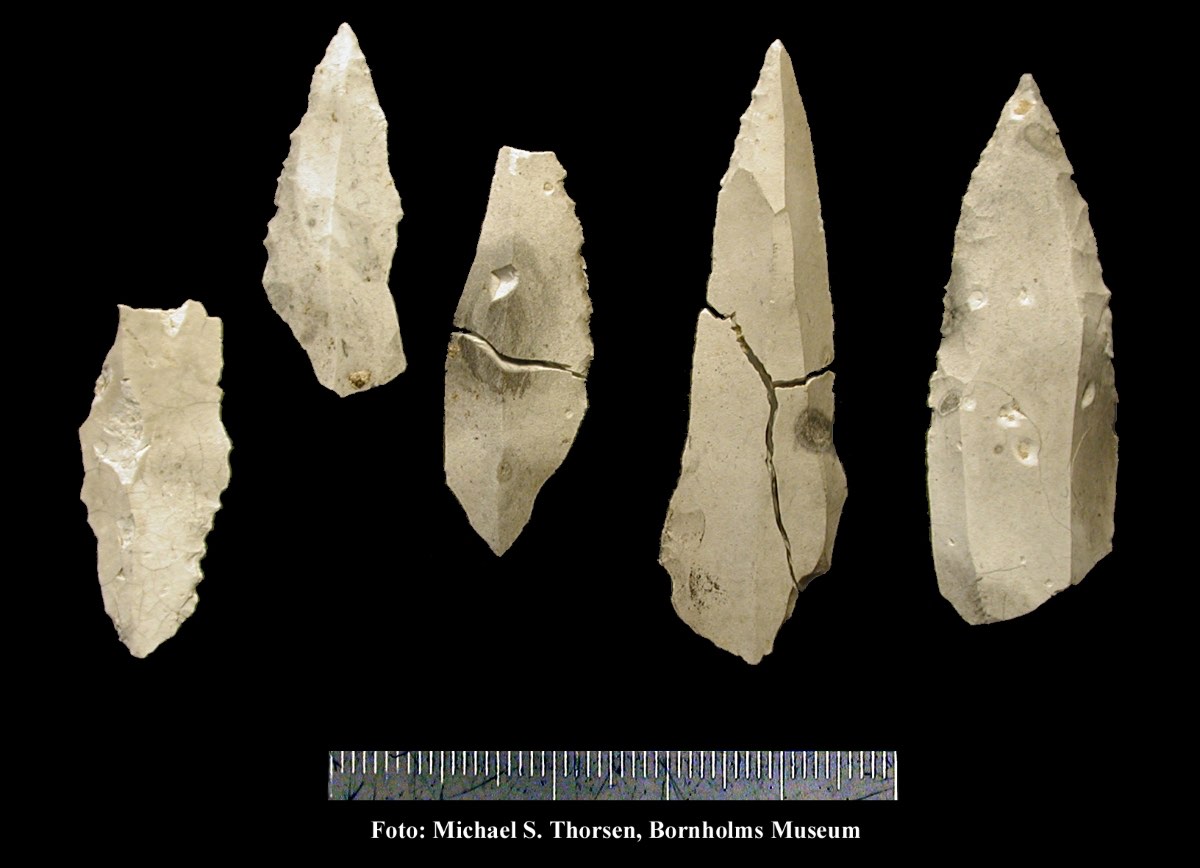
Other items deposited at Vasagard East included burned offerings of grain, burned stone axes, and these stone arrowheads. A single piece of copper has also been found in one of the post holes — archaeologists think it was once part of a copper axe that the Stone Age people of Bornholm would have acquired from trade with the Mediterranean region.
Get the world’s most fascinating discoveries delivered straight to your inbox.
Tom Metcalfe is a freelance journalist and regular Live Science contributor who is based in London in the United Kingdom. Tom writes mainly about science, space, archaeology, the Earth and the oceans. He has also written for the BBC, NBC News, National Geographic, Scientific American, Air & Space, and many others.


